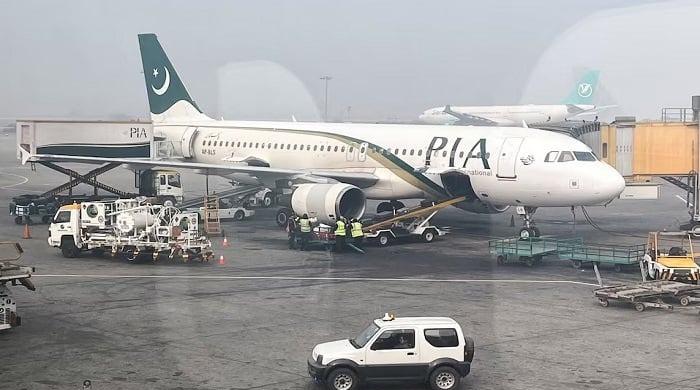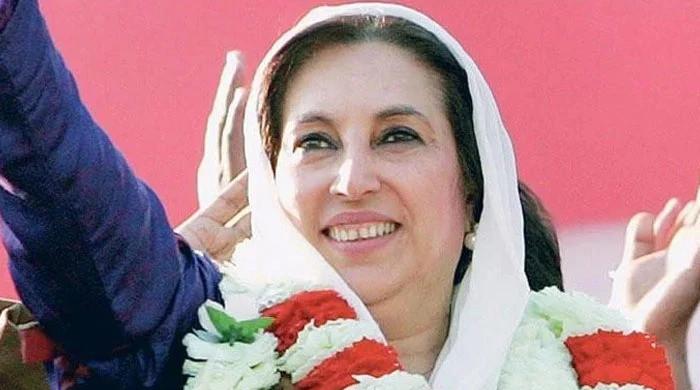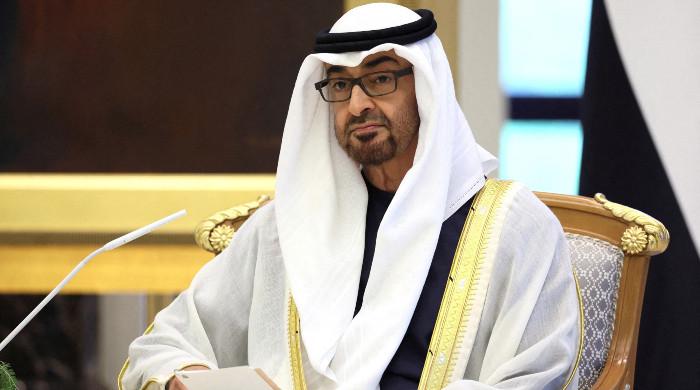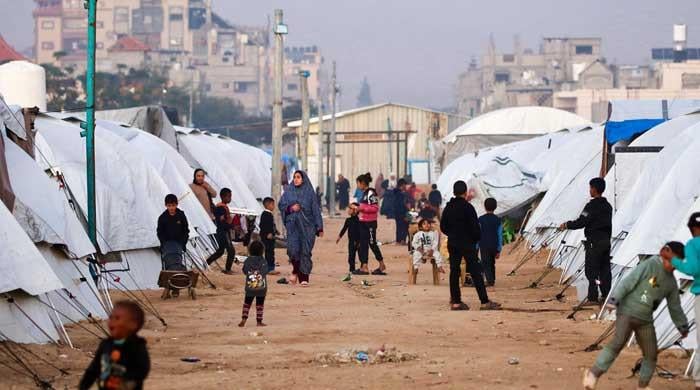Politicians and IMF are failing Pakistan’s most vulnerable
The most vulnerable have to be genuinely protected while shifting the burden of austerity on the well-off
April 06, 2023
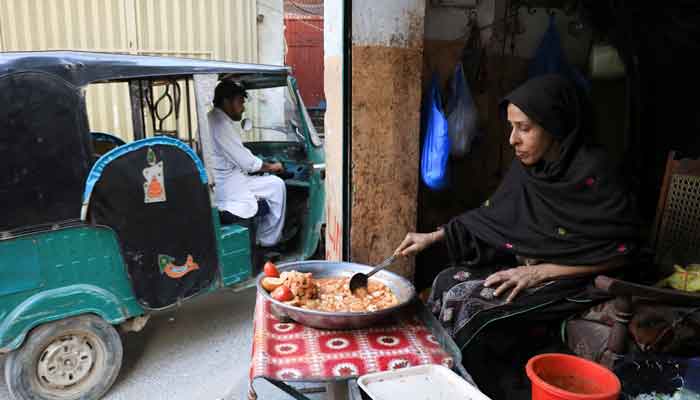
It is midnight in Mothparja, a village along the ancient Indus River. Mariam Bibi lies awake on her charpoy in a makeshift tent, surrounded by her five children. It has been 8 months since their lives were turned upside down by the biblical flooding of 2022. With a return to normal life remaining elusive, even basics like two square meals, fresh clothes, clean water and a classroom have been elevated to luxuries. Amid this sea of hopelessness, she contemplates killing herself and her children. Mariam is not alone. There are 30 million flood-affectees, desperately poor people like her in Pakistan.
400 kilometres away lies Karachi, Pakistan’s largest city, where Asif Zaman is a designer in an ad agency. Despite having an undergraduate degree, Asif makes less than $4 a day. Over the last year, his expenses on groceries, electricity, petrol, school fees, and clothing have mushroomed amid record inflation and a 60% depreciation in the rupee. As he fills his motorbike tank, Asif contemplates taking his daughter out of school to make ends meet. Asif too is not alone. There are 45 million lower middle-class people like him across Pakistan’s cities, with no access to any social safety net.
In the face of Pakistan’s gravest economic crisis, which has brought the country to the brink of default, it is the countless Mariams and Asifs that we should be most worried about. And yet it is precisely these people that both Pakistan’s politicians and the International Monetary Fund (IMF) are failing. In the world’s fifth largest country of 230 million densely packed, highly polarised and heavily armed people, the consequences of this neglect could be disastrous—for both Pakistan and its neighbours.
The tragedy is that it did not have to be this way. Scarcely a year and a half ago, Pakistan was a global success story. It had handled COVID-19 superbly, keeping both casualties and the economic fallout remarkably low. While the pandemic saw public debt soar across the world, it fell in Pakistan due to commendable fiscal discipline. In addition, our foreign exchange reserves rose to all-time highs of over $20 billion.
But at the end of 2021, with a large amount of external debt coming due over the next few years, it was now time to resume the IMF program that had been paused due to the pandemic. Everybody knew it was the only route to safety.
Tragically, this is when Pakistan’s policymakers let their people down. Amid political instability, a populist energy subsidy created a fiscal hole of 1.5% of GDP. More recently, the rupee was artificially propped up through curbs on imports, bringing many industries to their knees. Meanwhile, no attempt was made to reduce wasteful government spending or energy usage. No attempt was made to win back external creditors who have dumped Pakistani assets, unnerved by highly irresponsible comments from key policymakers. Promises made to the IMF were broken and wild accusations were hurled at them. As a result, our foreign exchange reserves have today been nearly depleted and the currency has tanked.
Meanwhile, the IMF has watched Pakistan commit hara-kiri with some bemusement. All this time, the crucial IMF program has largely been in limbo. The fault for this lies mainly with our policymakers. The Fund now finally appears willing to help pull us back from the abyss by reviving the program. Regrettably, however, the Fund is also complicit in some grave mistakes.
First, despite proclamations of protecting the poor and passing the burden of adjustment on the rich, the main fiscal measure the Fund has agreed with the government is an increase in the sales tax—a highly regressive measure. There is not even a hint of taxing property (an unproductive asset where illicit wealth is stashed), agriculture (which is dominated by large landlords) or the retail sector (home to most of Pakistan’s nouveaux riches). This is a historic opportunity missed to broaden the tax base in a progressive way.
Second, the only real protection being offered to the poor is through BISP, a cash transfer program covering 9 million families who live on less than 70 cents a day. They will receive an extra 30 cents per day. In a country where 40% of the population—90 million people—earn less than the World Bank’s middle-income poverty line of $3.65 per day and where inflation is running at a 50-year high of 30%, this protection is nothing but cosmetic.
Third, the government and the IMF are pretending that Pakistan’s public debt is sustainable. Pakistan has external financing needs of $35 billion in each of the next five years, against foreign exchange reserves of just $4 billion. During this time, the government will need to pay 5% of GDP each year in interest on the debt it owes to residents and foreigners. Our total tax take is only 10% of GDP. If ever a country needed debt relief, it is Pakistan. Denying this is a recipe for disaster. It will impose unbearable austerity on an antagonised population already laid low by a major cost of living crisis and political dysfunction. It could spark a major social revolt.
And fourth, the IMF is faltering in its traditional role as a lender of last resort. Instead of helping Pakistan round up creditors as it did in the past, it has asked us to do so on our own. Even the World Bank is no longer automatically coming to the rescue despite the IMF having green-lighted our policies, let alone new creditors like China and Middle Eastern states. This abdication of the IMF’s catalytic function creates a major hole in the global financial safety net for developing countries like Pakistan.
So where to from here? First and foremost, the IMF program needs to be immediately revived. For this, some pragmatism and flexibility is needed on both sides. Second, debt relief must be delivered, despite the obvious coordination difficulties. Third, the most vulnerable have to be genuinely protected while shifting the burden of austerity on the well-off.
Beyond this immediate relief, Pakistan must once and for all tackle the underlying maladies that have led it to the IMF a record 23 times — a low tax take, faltering exports and abysmal levels of investment in human and physical capital. A good place to start would be to redefine its social contract. This will require Pakistan’s warring elites to put aside their differences and finally gamble on economic development. In turn, the global community can help by providing a conducive environment for Pakistan’s exports and by investing in the country. Time is of the essence and the hour is getting late—the dispossessed legion of Mariams and Asifs will not wait much longer.
(This is a longer version of an article that was originally published in The Economist)
Murtaza Syed was formerly the Acting Governor of the State Bank of Pakistan and a senior official of the International Monetary Fund. He tweets @murtazahsyed.
Disclaimer: The viewpoints expressed in this piece are the writer's own and don't necessarily reflect Geo.tv's editorial policy.
Originally published in The News




